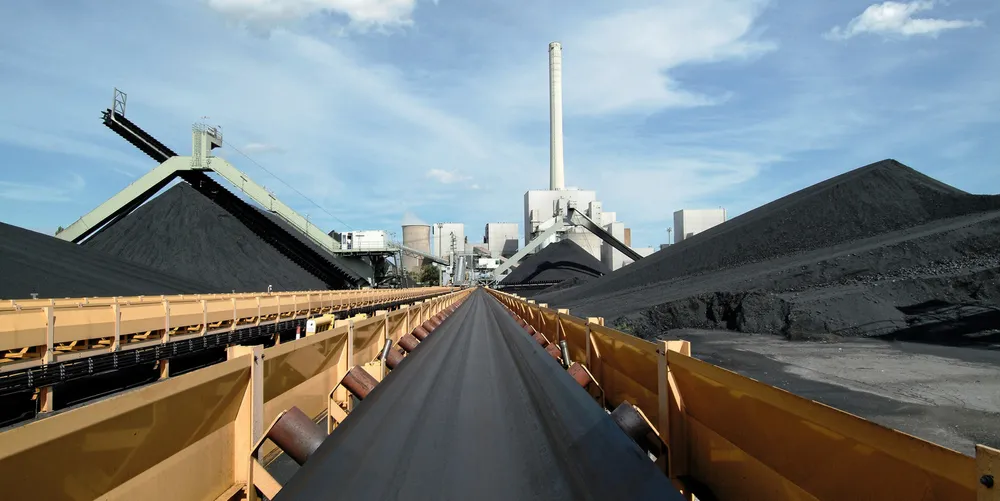German giants scope out pioneering vision for hydrogen-fuelled industrial heartland
Industrialists RWE, E.ON and Thyssenkrupp develop cross-sectoral plan to turn Ruhr area into a model region for hydrogen production and infrastructure

Industrialists RWE, E.ON and Thyssenkrupp develop cross-sectoral plan to turn Ruhr area into a model region for hydrogen production and infrastructure
